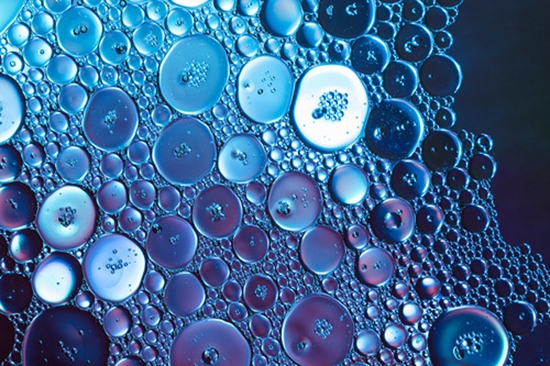The Ability of 3D Alginate/Polyvinyl Alcohol Cross-Linked Hybrid Hydrogel to Differentiate Periodontal Ligament Stem Cells Into Osteoblasts

Abstract
Porous alginate/polyvinyl alcohol hybrid scaffolds have been extensively used in cartilage, bone, and dental tissue substitute applications. However, its mechanical and osteogenesis properties are not good enough to meet the requirement for use in hard tissues repair applications. In this study, to achieve the best mechanical and physical properties, we carried out the cross-linking of PVA physically and alginate chemically. Hydroxyapatite nanoparticles (nHA), the important component of hard tissues, was added to the hydrogel to improve its mechanical properties and osteoconductivity. The results showed that the fabricated alginate/polyvinyl alcohol-nHA scaffold has around 81% interconnected porosity, hydrophilic surface with the contact angle of water on the surface in the range of 38 ± 0.29°, 3.51 MPa compressive strength, and a degradation rate of 71%. The periodontal ligament stem cells (PDLSCs) culture results showed that both fabricated alginate/polyvinyl alcohol hybrid scaffolds with and without nHA had good cell attachment ability and could promote PDLSCs ingrowth. The real-time RT-PCR assay showed that the presence of nHA in the alginate/polyvinyl alcohol hybrid scaffold could significantly accelerate the expression of specific markers of pre- and mature osteoblast stages such as osteocalcin, alkaline phosphate, and osteopontin genes. These results showed that alginate/polyvinyl alcohol hybrid scaffolds with hydroxyapatite nanoparticles can be used in bone and dental substitute applications as osteoconductive and reinforcement components. Keywords: Modified Freeze-Drying Method, Nano Hydroxyapatite, Alginate




ارسال به دوستان